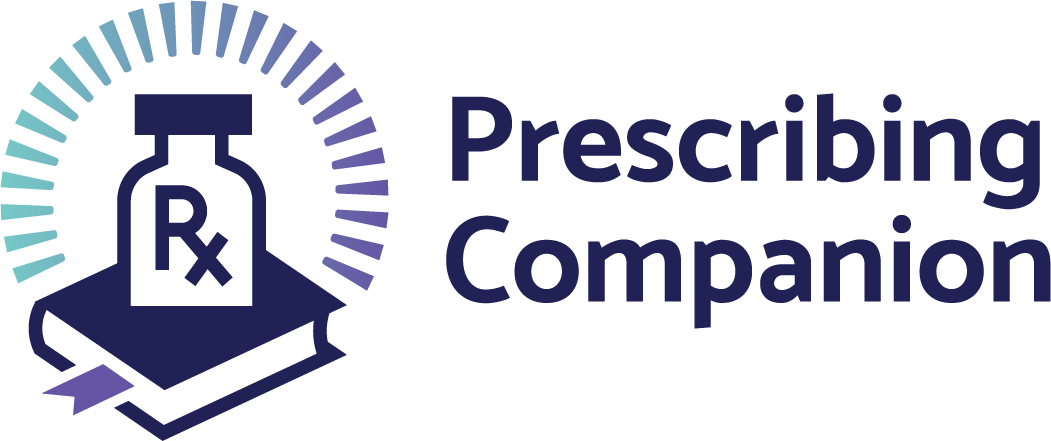Description
This is a contagious fungal infection of the foot caused by Trichophyton mentagrophytes and T. rubrum most
commonly.
Signs and Symptoms
- Itching of the foot
- Burning or stinging lesions with scaling borders between the toes
- Vesicular eruptions with white scaling between the 4th or 5th toes or the instep of the sole
- May be accompanied by vesicles on the palms and sides of fingers called ‘id’ The vesicles do not contain fungus and get better when the fungus is treated
Investigations
Scrape the scales from the infected site and put on a glass slide with a drop of 20% KOH. On microscopy
branching, fungal hyphae are seen.
Treatment
Supportive
- Keep feet dry all the time
- Wear open footwear
- Wear cotton socks, if need be, Change socks daily
Pharmacological
- Miconazole 2% cream, topically twice daily for 3 to 4 weeks
- Continue treatment for 2 weeks after the symptoms have
- Oral antifungals can be used, g. Griseofulvin and Terbinafine for more severe or unresponsive cases
